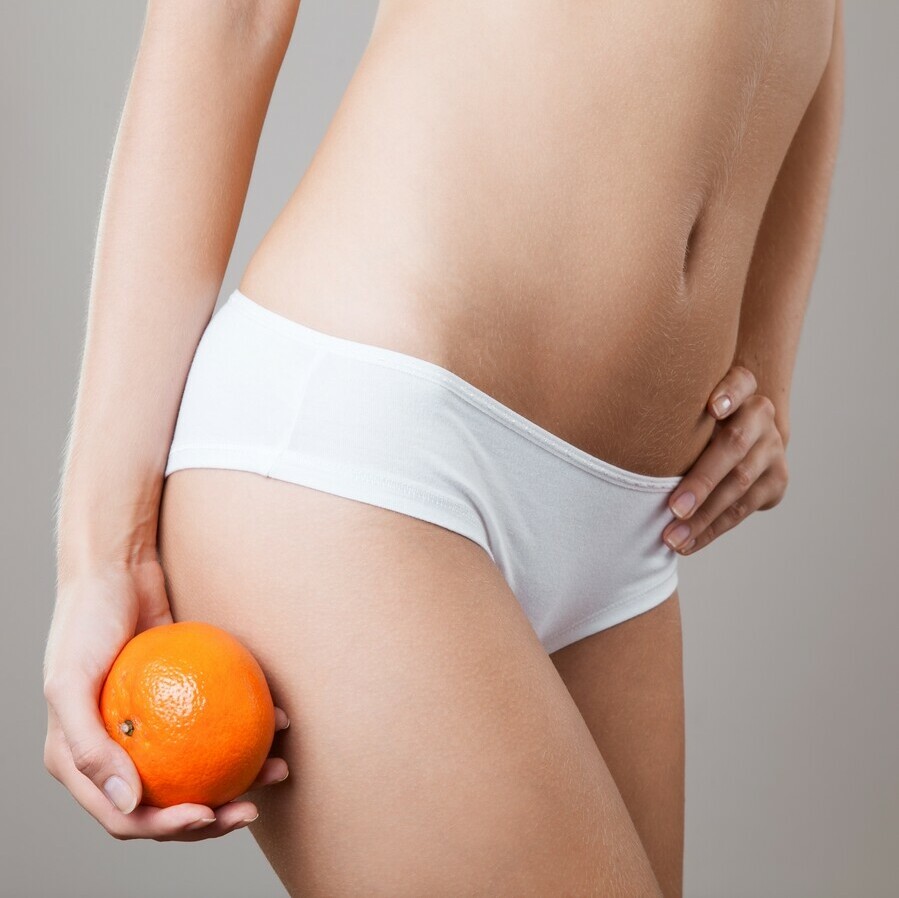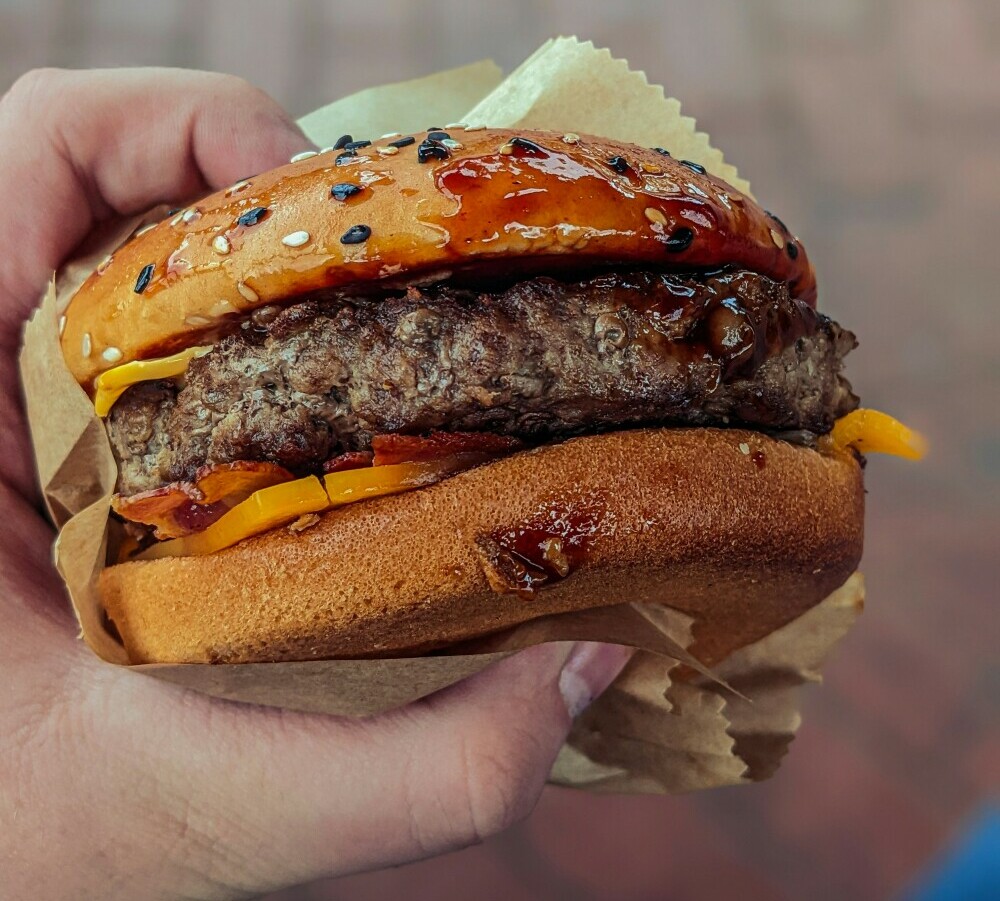I’m about to unfold what cellulite really is and bust some of the myths surrounding it. Cellulite refers to hips, buttocks, and abdomen of most women and some men, too. It’s the result of fat pushing through the connective tissue beneath the skin, and guess what? It’s a completely normal and harmless condition.

Dietary Choices That May Increase Cellulite
You might have heard all sorts of theories about cellulite, like it’s a sign of poor health or that only overweight people get it. These are misconceptions. Cellulite can affect anyone, regardless of their weight or health status. It’s influenced by factors like genetics, hormones, circulation, and inflammation.
Understanding the lifestyle habits that contribute to cellulite is crucial. This isn’t just about one’s diet or exercise routines; it’s also about the bigger picture, which includes hydration, stress management, and other daily practices. Don’t worry too much about the aesthetics of cellulite—it’s a natural part of the body’s landscape—but if you’re looking to lessen its appearance, there are some things you can do.
Now what are the specific habits that may be playing a role in the development of cellulite? Let’s take a closer look at our diets. Coming up next, you’re going to find out about which foods and eating patterns may be contributing to this skin condition and how tweaking your intake could potentially make a difference.
You may have heard the saying ‘you are what you eat,’ and when it comes to cellulite, this could really hold some truth. If you want to understand why certain foods can lead to that dimpled appearance on your skin, you’re going to find out about the role of these dietary culprits.
Imagine your body like a fine-tuned machine – what you feed it can affect every part of how it works, right down to your skin. High sugar and processed foods are like low-grade fuel. They can cause inflammation and lead to the breakdown of collagen, making those bumpy fat cells become even more noticeable.
Salt is another one to watch. Too much sodium leads to fluid retention, which can puff out your fat cells like tiny balloons, making cellulite more pronounced. You don’t have to swear off your favorite salty snacks, just remember that moderation is key.
And let’s not forget about fats. But I’m not talking about all fats here; I’m specifically pointing the finger at unhealthy fats. These are the ones often found in fried food and baked goods – they’re not just bad news for your waistline but also for your skin. They can increase the size of fat cells and make that orange peel texture more visible.
Now, I know this might sound like a bit of a downer, but don’t worry too much about overhauling your diet overnight. Small changes can make a big difference. Choose something that resonates with you, like swapping out a sweet treat with a piece of fruit, and you’re already on a better path.
The Sedentary Lifestyle: A Risk Factor for Cellulite

You might not think that sitting at your desk job, lounging on the couch for a Netflix marathon, or skipping out on your daily walk has much to do with cellulite. But here’s the catch: a sedentary lifestyle is like a welcome mat for cellulite development. Reduced circulation and limited lymphatic flow due to prolonged sitting can lead to increased fatty tissue beneath the skin, which makes cellulite more pronounced.
Breaking the cycle doesn’t require a gym membership or becoming a marathon runner overnight. Getting your body moving can be as simple as taking short breaks every hour to walk around or opting for the stairs. Regular physical activity, even low-impact exercises, can boost blood flow, improve lymphatic drainage, and strengthen muscle tone. These changes under the skin can make cellulite less visible.
Let’s talk specifics. Are there particular exercises that are more effective? Absolutely. Incorporating strength training, especially lower body workouts, can be seriously beneficial. Think squats, lunges, and leg presses. Cardiovascular workouts, such as cycling, swimming, or jogging, can also play a significant role in burning fat and smoothing out the lumps and bumps.
Remember, I’m not saying you need to morph into a fitness guru or that your first attempt at a healthier lifestyle will instantly eradicate cellulite. It’s about making incremental changes that add up over time. So choose something that resonates with you, something sustainable that you can build upon.
Of course, exercise is only one piece of the puzzle. You’re going to find out about another crucial aspect in the next section: Hydration and its role in combating cellulite. It turns out that what you’re drinking (or not drinking) can have a pretty significant effect on the appearance of your skin.
Hydration and Cellulite: Understanding the Connection

Now, when it comes to cellulite, hydration might not be the first thing you think about. But here’s the deal: staying well-hydrated is crucial for maintaining healthy skin, which can help minimize the appearance of cellulite. Think of water as the secret agent that keeps your skin plump, elastic, and smooth.
Dehydration can make your skin thinner and more vulnerable, laying the groundwork for that dimpled, cottage cheese look. It’s like letting a plant go without water; it starts to wilt and lose its vitality. To avoid this, you want to make sure you’re drinking plenty of liquids throughout the day.
Health authorities commonly recommend drinking eight 8-ounce glasses of water a day, which equates to about 2 liters or half a gallon. This is the “8×8” rule and it’s easy to remember. However, some may need more or less depending on the climate, physical activity, and individual body needs.
Imagine how staying hydrated can combat cellulite alongside these tips in the upcoming section: Making Lifestyle Changes. You’re going to find out about effective strategies for incorporating better hydration into your life, which is a powerful duo when combined with other healthy practices.
Making Lifestyle Changes: Practical Tips for Reducing Cellulite
I’m going to wrap things up by focusing on some actionable steps that can make a big difference in your journey to smoother skin. While we’ve covered various factors that contribute to cellulite, remember this isn’t just about making temporary fixes. It’s also about adopting a lifestyle that enhances your overall well-being.
Incorporate more fruits, vegetables, and whole foods into your diet for a start. These are packed with antioxidants that can help maintain the health of your skin. Speaking of skin health, I strongly recommend Joey Atlas exercises. Why? Because targeted workouts can improve circulation and tone muscles, potentially reducing the appearance of cellulite over time.

I can’t stress enough the importance of staying hydrated, so here’s a tip: carry a water bottle with you throughout the day. It’ll serve as a constant reminder to drink up. Trust me, your skin will thank you. And don’t forget about stress management – practices like yoga, meditation, or even simple deep-breathing exercises can impact your skin positively.
If you’re a smoker, consider seeking help to quit. Smoking impacts your blood flow and weakens connective tissue, making cellulite more prominent. And while we’re talking about circulation, remember to reduce your sitting time. Get up, move around, and keep the blood flowing!
Finally, you might want to look into a cellulite supplement like Cellinea, which could complement your lifestyle changes. However, don’t view this as a magic pill; it’s a support tool in your broader strategy.
You’re going to find out that commitment is key. Your first attempt doesn’t need to be perfect, but consistent effort is essential. Choose something that resonates with you, and take small steps. I hope that these practical tips provide you with the foundation to reduce cellulite and boost your confidence. I’d love to hear how these changes work for you, so feel free to share your progress!
If you’re looking for the best anti-cellulite workout, read about Joey Atlas Exercises and 5 Keys to Kill Cellulite.


Leave a Reply